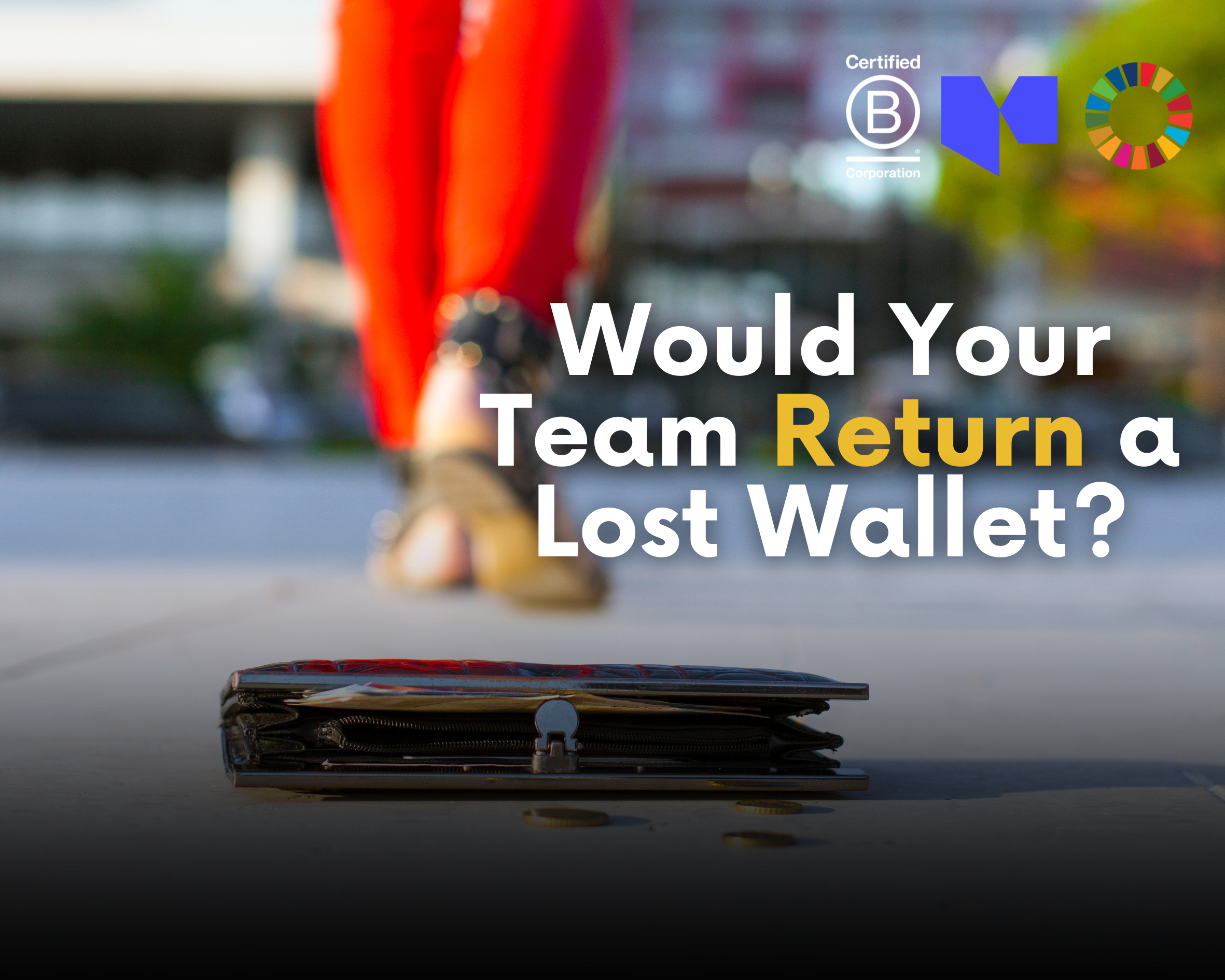
Hope for the future?
Hope for the future?
What happens when the hope gets quiet?
A generation is stepping back. Not with noise—but with silence.
In 2010, nearly half of young women rated their mental health as “excellent.” Today, that number is just 15%. It’s one of the most dramatic declines recorded across any age or gender group. A drop of 33 percentage points in just over a decade. And it’s not a blip. It’s a signal.
According to Gallup’s latest research, this is the steepest mental health decline seen in any demographic. The data is clear, but the story behind it is harder to hear.
This isn’t just about stress. It’s about trust.
It’s about a generation losing faith in the systems around them. In leadership that promises safety but rewards overwork.
In cultures that say “we care,” but celebrate burnout.
Young women aren’t only tired. They’re stepping back. Not with fury but with fatigue. Not in protest, but in quiet resignation. This is the opt-out before the actual exit.
And when hope gets quiet, leaders should be listening louder.
Because this isn’t just a wellbeing issue. It’s a leadership one. A culture one. A structural one.
In 2022, the U.S. National Institute of Mental Health reported that serious mental illness affects nearly 12% of young adults aged 18 to 25. That’s the highest rate across all age groups. And it’s showing up in our workplaces—in the meetings where voices go unheard, in the feedback that never gets shared, in the talent that quietly drifts away.
This is not about fragility. It’s about a mismatch. Between what people need, and what we’re still offering.
So what does leadership look like now?
It looks like systems that centre psychological safety, not just performance reviews.
It looks like cultures where vulnerability isn’t a liability, but a strength.
It looks like leaders who know how to hold complexity—and still move forward with care.
If we want to keep young women in the room—energised, engaged, hopeful—we can’t just keep talking about resilience. We need to ask what’s driving the exhaustion in the first place.
Because when hope gets quiet, the cost is not just personal. It’s organisational. It’s cultural. And it’s long-term.
This is a moment for bold redesign.
For leadership that doesn’t just respond to pain—but reimagines the conditions that caused it.
And for workplaces that aren’t just high-performing, but deeply human.

Is kindness more powerful than a pay rise?
We often talk about retention like it’s a spreadsheet. But what if the secret to keeping great people isn’t pay… it’s kindness?
We’ve been taught that retention is a numbers game. Salary. Benefits. KPIs. But the data tells another story; one of belonging, connection, and care.
The 2025 World Happiness Report shows that trust, generosity and social connection predict wellbeing more powerfully than income. And while kindness surged during the pandemic, it’s now beginning to fade.
As leaders, this is a moment to pause and ask: Are the people in my care experiencing kindness… or just KPIs? Do they feel useful… or do they feel they matter?
Because here’s the truth: people don’t leave organisations where they feel seen. They leave the ones where they feel invisible.
Kindness in leadership isn’t soft. It’s foundational. It’s how we create cultures where people feel significant — not just efficient. Where they don’t just contribute, but feel they count.
And when mattering is present, performance follows.

The happiest countries in the world — and what they teach us about trust at work
Finland. Denmark. Iceland. Sweden.
They top the World Happiness Report — year after year. But it’s not wealth or weather that puts them there. It’s trust.
Trust in each other. In institutions. In the belief that if they lost their wallet, someone would return it.
And when we zoom in on the workplace? The same principle applies.
High-trust organisations outperform low-trust ones by up to 286% in total return to shareholders. Teams with high psychological safety are more innovative, more collaborative, and more resilient.
So why, in so many workplaces, is trust still earned slowly… and lost quickly?
As leaders, maybe the real question isn’t how do we drive engagement? but how do we build trust so strong, people feel safe to be fully human here?
Because happiness — whether at work or in life — isn’t just a feeling. It’s a structure.
